The Best Range Rover: 10 Legacy of Luxury and Performance
Introduction
The Range Rover, a symbol of British luxury and off-road capability, has long stood as a benchmark in the automotive world. Since its inception in 1970, the Range Rover has evolved significantly, continually pushing the boundaries of design, technology, and performance. This article delves into the rich history of the Range Rover, its evolution over the decades, and its impact on the luxury SUV market.
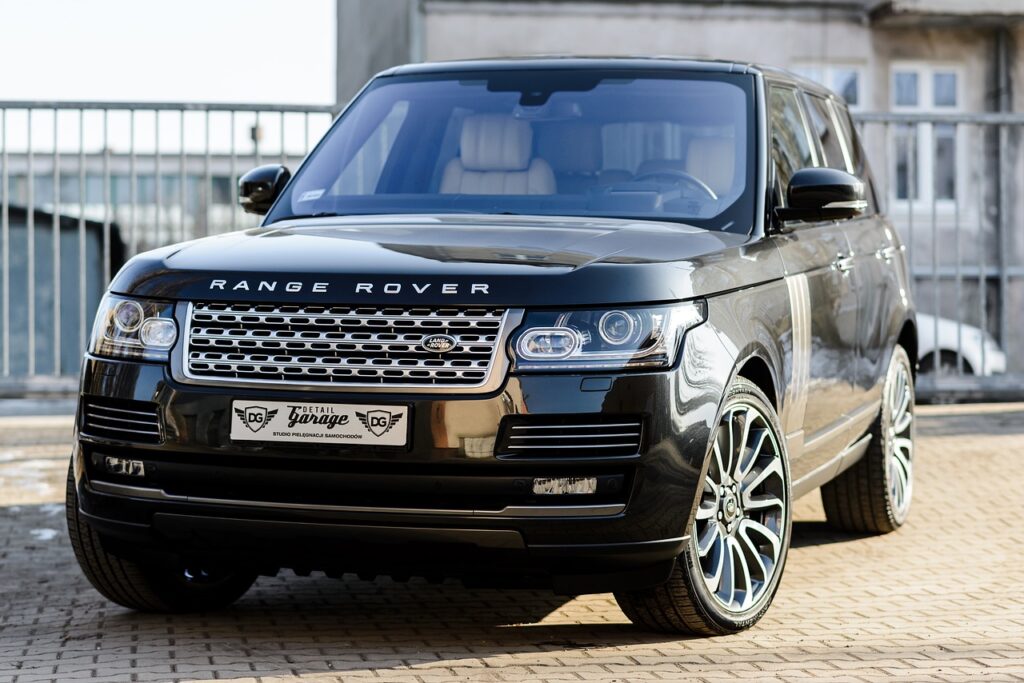
The Genesis of Range Rover
The Range Rover’s story begins in the late 1960s, a time when Land Rover was primarily known for its rugged, utilitarian vehicles. The company, which had been making waves with its Land Rover Series models, recognized a growing demand for a more refined, luxury-oriented vehicle that could still handle challenging terrains Legacy of Luxury. The result was the original Range Rover, unveiled in 1970. This new model was revolutionary, blending the off-road prowess Land Rover was known for with a level of comfort and sophistication previously unseen in the SUV segment.
The first-generation Range Rover was characterized by its boxy design, which was both functional and distinctive. It featured a permanent four-wheel-drive system, high ground clearance, and a robust chassis. The design ethos was simple yet effective Legacy of Luxury: create a vehicle that could tackle the toughest environments while providing a comfortable ride. This approach resonated with a diverse clientele, from rural landowners to urban professionals.
Evolution and Technological Advancements
The Range Rover’s success Legacy of Luxury laid the groundwork for its subsequent evolution. Over the years, the model has undergone numerous redesigns and technological advancements, each iteration building on the strengths of its predecessor while introducing new features and innovations.
- Second-Generation (1994-2002)
The second-generation Range Rover Legacy of Luxury, launched in 1994, marked a significant departure from its predecessor. It featured a more streamlined design and an improved interior, with a focus on luxury and technology. This model introduced several key features:
- Advanced Air Suspension: The second-gen Range Rover came with an advanced air suspension system, which offered a smoother ride and improved off-road capability Legacy of Luxury. This system allowed the driver to adjust the vehicle’s height, optimizing it for various driving conditions.
- Refined Interior: The interior of the second-generation model was significantly upgraded, offering high-quality materials and enhanced comfort. Features such as leather upholstery, wood trim, and advanced climate control systems became standard.
- Improved Safety: This generation also introduced enhanced safety features, including traction control and anti-lock braking systems, reflecting the growing emphasis on driver and passenger safety.
- Third-Generation (2002-2012)
The third-generation Range Rover, introduced in 2002, brought further refinements and innovations. This model continued to build on the luxury and performance aspects of its predecessors while incorporating cutting-edge technology Legacy of Luxury:
- Enhanced Performance: This generation saw the introduction of powerful engine options, including a V8 engine Legacy of Luxury that provided impressive performance both on and off the road. The addition of a supercharged V8 engine in some models further enhanced the Range Rover’s capabilities.
- Modern Technology: The third-generation model featured advanced technology such as a touch-screen navigation system, premium audio options, and sophisticated driver assistance systems. The introduction of the Terrain Response system allowed drivers to select different driving modes based on the terrain, optimizing the vehicle’s performance.
- Design Evolution: The design of the third-generation Range Rover was more refined, with smoother lines and a more aerodynamic profile. The spacious and luxurious interior continued to be a major selling point, with an emphasis on comfort and high-quality materials.
- Fourth-Generation (2012-Present)
The fourth-generation Range Rover, introduced in 2012, marked a significant leap in terms of design, technology, and performance Legacy of Luxury. This model was built on an all-new aluminum chassis, which significantly reduced the vehicle’s weight and improved fuel efficiency:
- Lightweight Construction: The use of an all-aluminum body resulted in a substantial reduction in weight, enhancing the vehicle’s performance and fuel efficiency Legacy of Luxury. This change also contributed to improved handling and a more refined driving experience.
- Cutting-Edge Technology: The fourth-generation Range Rover introduced a host of new technologies, including advanced driver assistance systems, a state-of-the-art infotainment system, and a new air suspension system. The introduction of features such as adaptive cruise control, lane-keeping assist, and automatic emergency braking reflected the growing emphasis on safety and convenience.
- Design and Luxury: The design of the fourth-generation model continued to evolve, with a more modern and elegant appearance. The interior was further refined, offering a luxurious and comfortable environment with advanced amenities such as heated and cooled seats, a panoramic sunroof, and premium audio systems Legacy of Luxury.
The Range Rover’s Impact on the Luxury SUV Market
The Range Rover has had a profound impact on the luxury SUV market, setting new standards for performance, comfort, and design. Its success has inspired a wave of competitors, leading to the proliferation of high-end SUVs across the automotive industry Legacy of Luxury. The Range Rover’s ability to seamlessly blend luxury with off-road capability Legacy of Luxury has made it a benchmark against which other SUVs are measured.
One of the key factors contributing to the Range Rover’s success is its ability to evolve while maintaining its core values. Each new generation has built on the strengths of its predecessors, introducing new features and technologies that cater to the changing preferences of luxury SUV buyers Legacy of Luxury. The Range Rover’s commitment to innovation and quality has ensured its continued relevance in a competitive market.
Range Rover and Sustainability
In recent years, the automotive industry has placed increasing emphasis on sustainability and environmental responsibility Legacy of Luxury. The Range Rover has not been immune to this trend, with Land Rover introducing several initiatives aimed at reducing the vehicle’s environmental impact:
- Hybrid and Electric Models: The introduction of hybrid and electric versions of the Range Rover reflects Land Rover’s commitment to sustainability. The Range Rover P400e, a plug-in hybrid model, offers a balance of performance and efficiency, while the upcoming electric models promise to further enhance the brand’s environmental credentials.
- Sustainable Materials: Land Rover has also focused on using sustainable materials in the production of its vehicles. The use of recycled and eco-friendly materials in the interior of the Range Rover helps to reduce the environmental impact of manufacturing and promotes responsible sourcing.
- Efficiency Improvements: Ongoing improvements in engine technology and aerodynamics have contributed to better fuel efficiency and reduced emissions. These advancements reflect Land Rover’s commitment to addressing environmental concerns while maintaining the performance and luxury that the Range Rover is known for.
The Future of the Range Rover
As the automotive industry continues to evolve, the Range Rover is poised to remain at the forefront of luxury SUV innovation Legacy of Luxury. The future of the Range Rover will likely see further advancements in technology, performance, and sustainability. Key areas of focus may include:
- Autonomous Driving: The development of autonomous driving technology has the potential to revolutionize the automotive industry. The Range Rover is expected to incorporate advanced driver assistance systems that pave the way for greater levels of automation and safety.
- Electric Powertrains: The shift towards electric vehicles is a major trend in the automotive industry, and the Range Rover is expected to play a significant role in this transition. Future electric versions of the Range Rover will likely offer impressive performance, extended range, and advanced charging capabilities.
- Enhanced Connectivity: The integration of advanced connectivity features will continue to be a key focus, with improvements in infotainment systems, over-the-air updates, and seamless integration with smart devices.
Conclusion
The Range Rover’s journey from its inception in 1970 to its current status as a luxury SUV icon is a testament to its enduring appeal and innovative spirit. With each generation, the Range Rover has pushed the boundaries of what a luxury SUV can be, blending performance, comfort, and technology in a way that few other vehicles can match. As it continues to evolve, the Range Rover is set to remain a leader in the luxury SUV segment, embracing new technologies and addressing emerging trends while staying true to the core values that have defined its success. Whether navigating rugged terrains or cruising through urban landscapes, the Range Rover continues to exemplify the perfect balance of luxury and capability.
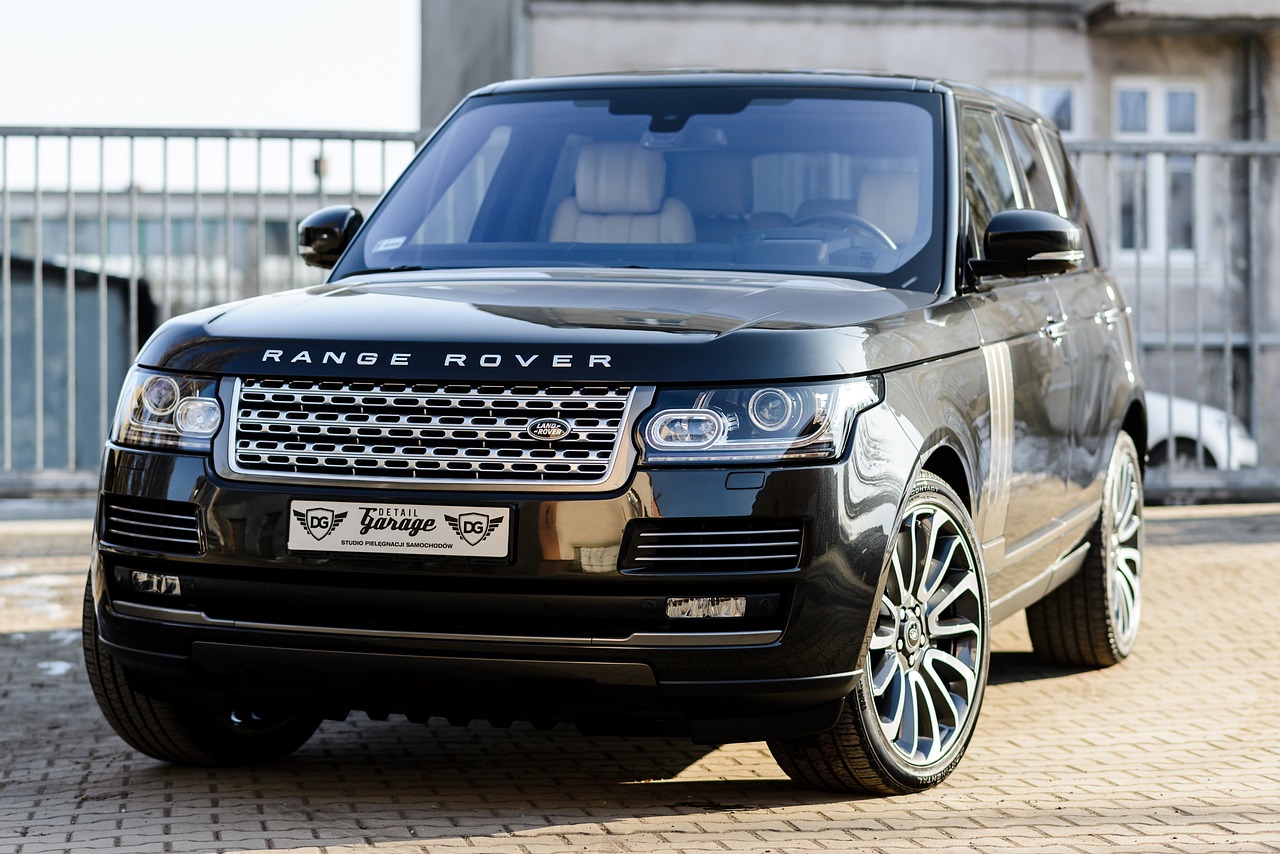
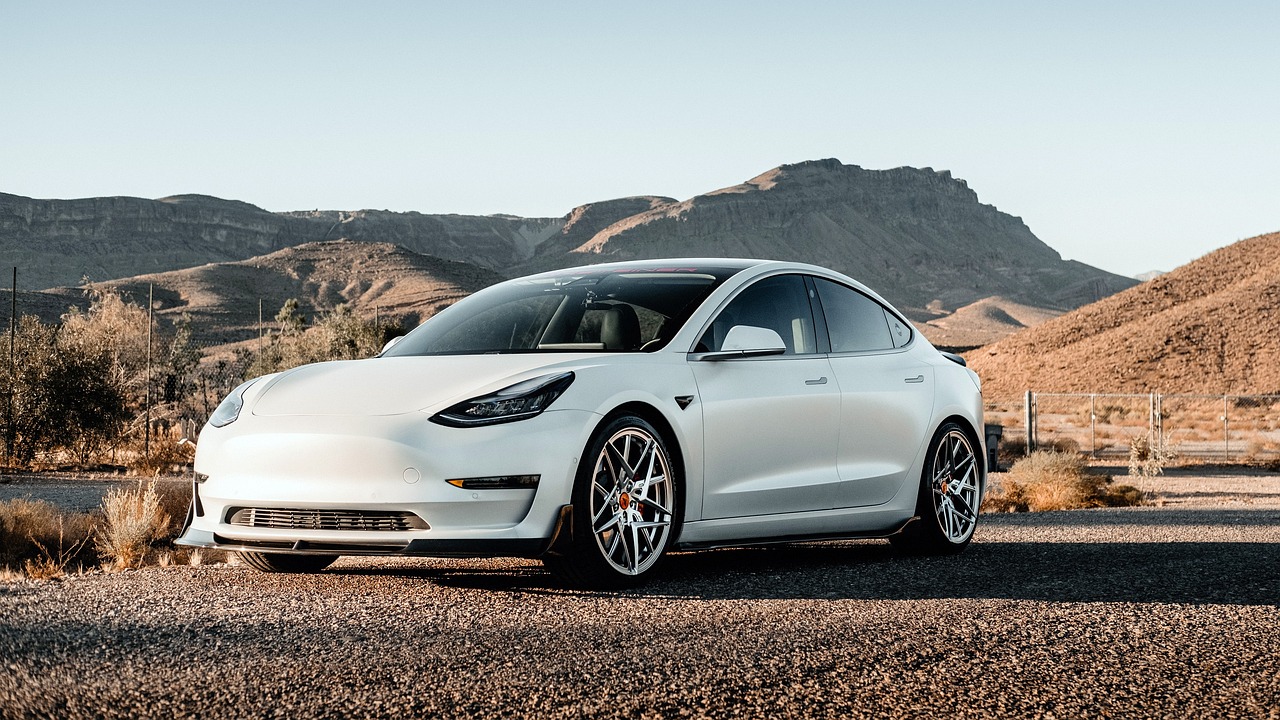
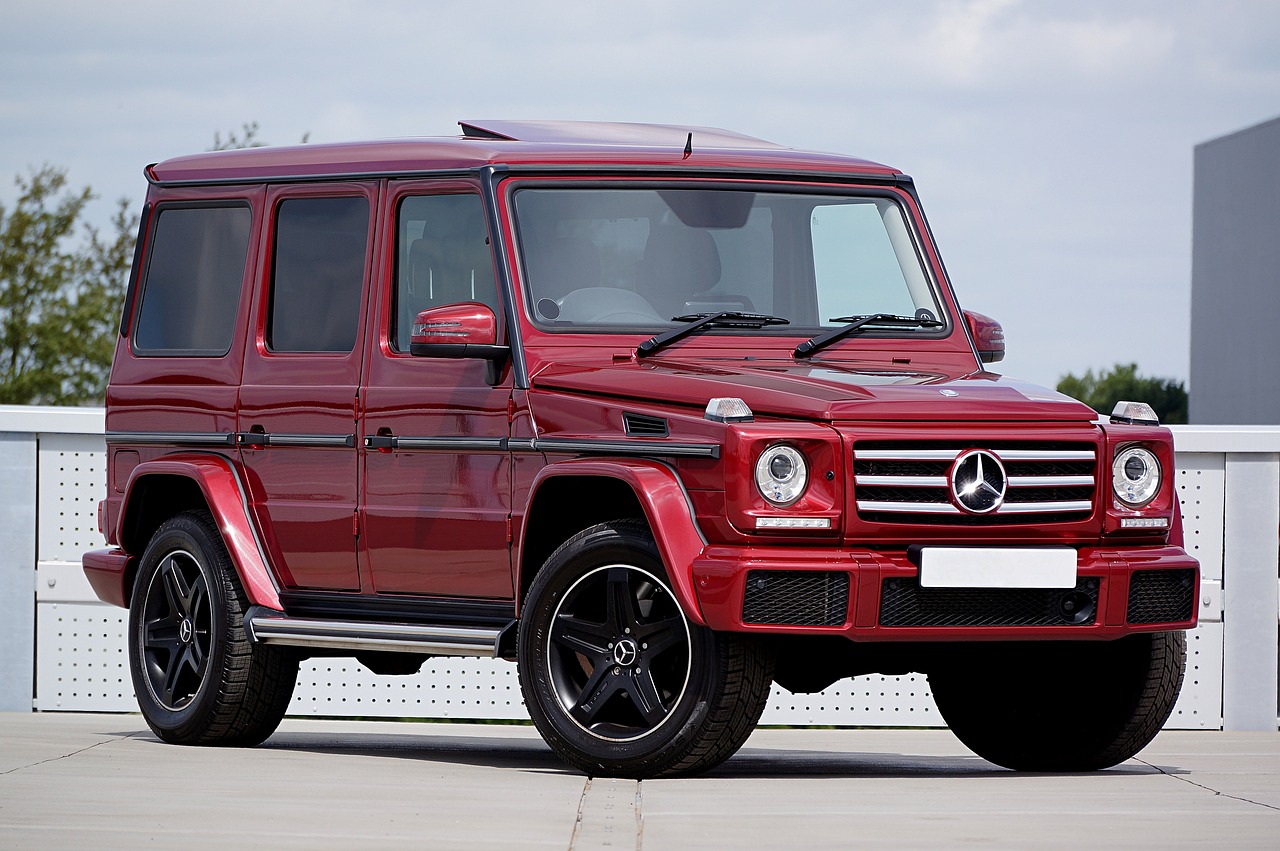
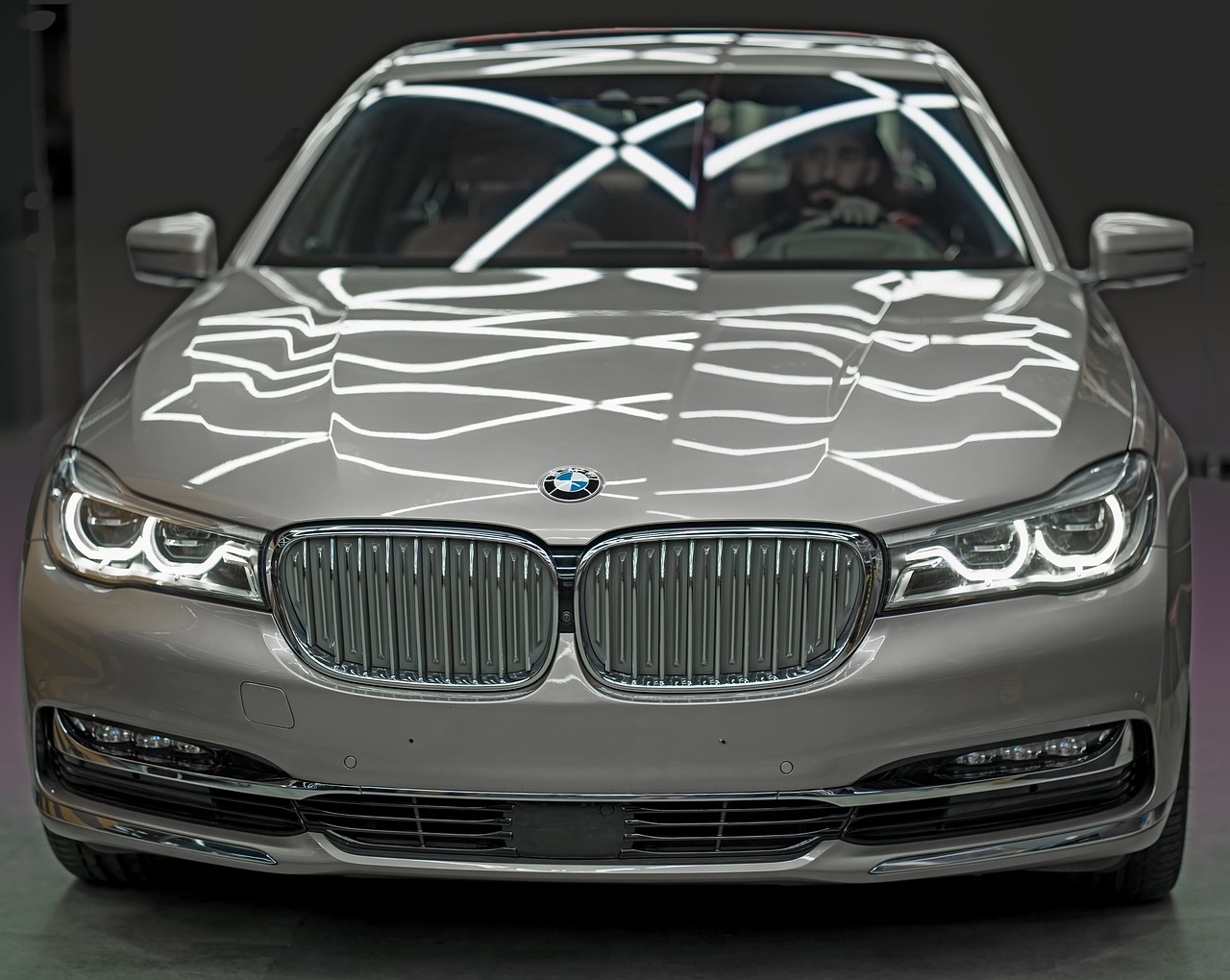
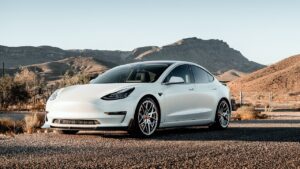
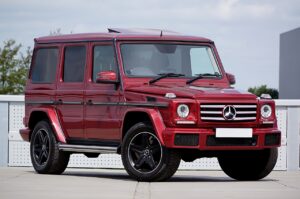
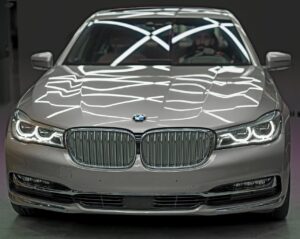
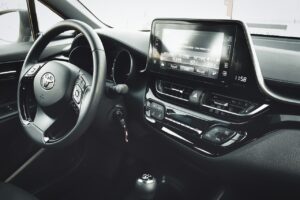
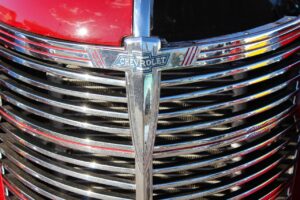
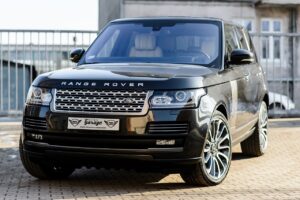
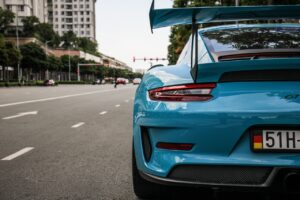
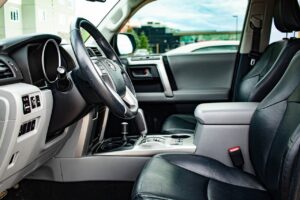

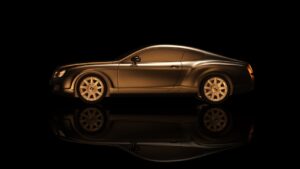
Post Comment